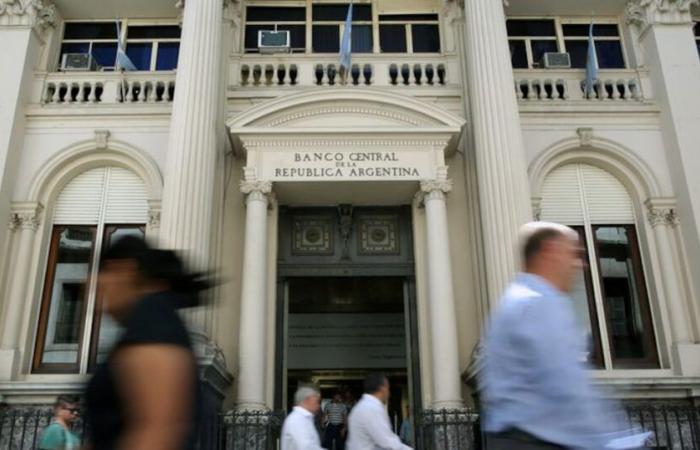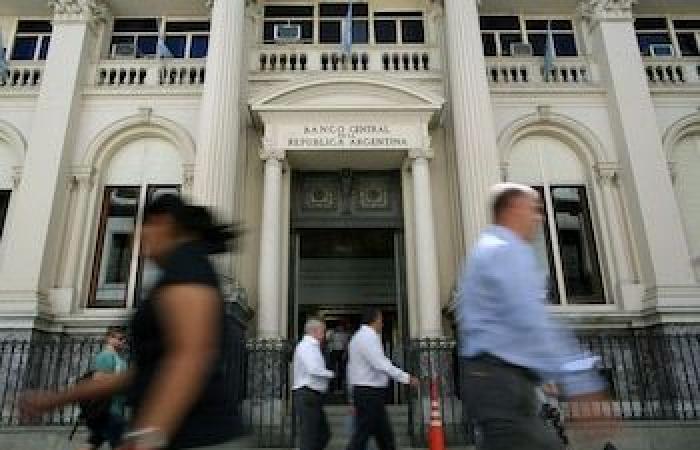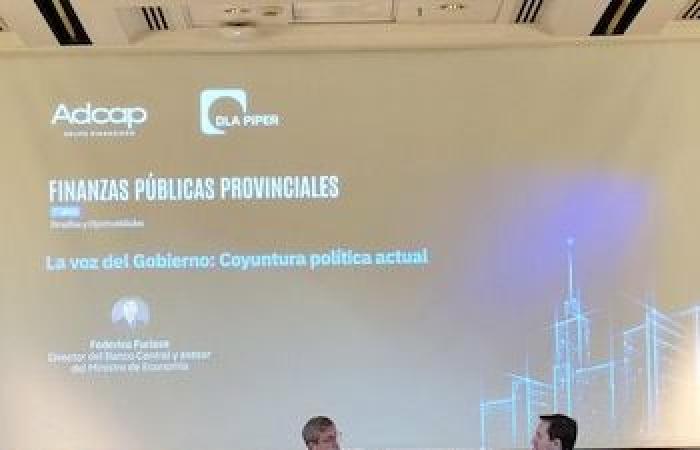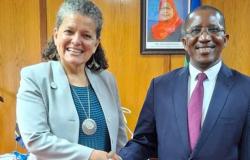He Central Bank Director and advisor to the Ministry of Economy, Federico Furiaseexplained during the event “Provincial Public Finance” at the Alvear Hotel how the new scheme of exchange flotation implemented by the National government. The exhibition coincided with the absence of José Luis DazaSecretary of Economic Policy, who traveled urgently to Washington D. C. At the request of the Minister Luis Caputo.
According to Furiase, the new regime was designed for the exchange rate It is located near the exchange band floorwhich currently rounds $1.000. Indicated that the main short -term objective is lower inflationeven when that implies delaying the accumulation of reservations by the Banco Central.
The economist said that the operation of the current scheme is explained by a series of macroeconomic variables: Primary fiscal surplus, absence of monetary issuance, strong seasonal currency income by exports of the agriculture and new financial instruments that allow to absorb weights of the system. Among these, he highlighted the issuance of Boprealwhich is subscribed in local currency and is oriented to companies with retained dividends.
Furiase remarked that the National treasury already has a part of the necessary dollars to face the expiration of external debt With bonists in July, estimated in USD 4,200 millionand that the other party will be acquired to Banco Central. “It is not necessary to go to the market,” he said, which, according to him, constitutes a relevant signal for the behavior of the country risk.
During his presentation, the official insisted that “the new exchange scheme is designed so that the exchange rate is closer to the piso that of the ceilingfor a matter of flow. ”He also argued that the government provides for a capital income from Non -resident investorswhich would reinforce the dollar offer in the market and push the exchange rate towards the lower end of the band.
The official explained that this situation is based on what he called a “Macroeconomic equation“That combines a greater supply of currency and lower number of pesos in circulation. In that regard, he indicated that the Primer of the State is removing pesos at the rate of A monthly billionin parallel with the seasonality of the agricultural harvestwhich will contribute additional income of dollars until the end of June.

To this is added the expiration of the temporary leave of Export withholdingsin force until July, which could accelerate the settlements of the agricultural sector. The director of the BCRA pointed out that this context generates a conducive environment for the monetary authority to buy reservations without altering its priority goal of disinflation.
As for monetary policy, Furiase explained that the Banco Central only emits money when the exchange rate reaches the band’s floor or when the Tesoro It fails to refinance 100% of its maturities. In the latter case, what the economic team calls “is activated”Anker point”, In reference to the consultant founded by Caputo.
According to his words, “the virtuous problem we are having is that liquidity begins to be missing,” indicating that the system is in a monetary regime contractive. He added that the demand for credit grows strongly, and that banks require greater liquidity to meet it, which limits the capacity of the treasure to renew maturities without validating high rates.
In that sense, he gave a key clarification about the intention of taking the band to the band before adding reservations: “The purchase of dollars can occur in the band’s middle when the treasure cannot roll 100%.”
Furiase also resumed an idea he had published on the social network Xwhere he argued that the government seeks reduce real interest rates. To achieve this, he proposes to renew less debt, avoiding validating high rate levels. This maneuver relies on the Utilities of the Central Bank to the Treasury, a practice that received criticism from some economists for implying an alleged monetary financing to the treasury.
However, he defended the strategy pointing out that interest rates are “endogenous”, Determined by the real demand for money. Thus, he justified that the government can intervene in the debt market without affecting the main objectives of its economic policy.
On the subject of country riskwhich was located around 740 basic pointsFuriase mentioned several factors that would explain a future reduction in that indicator: the Intertemporal Fiscal Solvingthe Central Bank Recapitalization and the Availability of currencies To face the next maturities.
In addition, he assured that the exchange rate flotation within the band It allows to maintain the monetary base constant, which contributes to anchoring inflation expectations. In that framework, he reiterated that the short -term objective It is to reduce the Price variation monthly, which in March would have reached the 3%.
The official explained that the BCRA It has one USD Capitalization 20,000 millionmade up of Free availability liquid reserveswhat gives you margin to operate inside the band without compromising your goals. He said that this situation allows to establish a low floor of the exchange rate, consistent with the priority of fighting inflation.
Finally, he stressed that “never in Argentine history there was a macroeconomic situation like the current one”, with Fiscal surplus, absence of broadcast, exchange flotation, Central Bank Recapitalization y Payment guarantee for the next expiration matters of external debt.








